We are now starting to tick off the last minute preparations before we set off south on our trip down the old Ruta 40. I say old, because we intend as much as possible to follow the 1930s route rather than the modern one. When the national government decided to oblige provincial authorities to tarmac all of the R40 many of them simply renamed other routes as R40 and changed the old names. It’s been quite tough working out the old route but thanks to a great website I found I have managed to more or less piece it together.
The biggest (and most expensive) issue has been getting the Jeep ready. It is now fifteen years old and has to do a six-thousand km journey reliably, given that we shall be travelling through some very remote places, possibly with extreme weather conditions. This means carrying multiple spare tyres, jerry cans of fuel and water (for car and drinking), spare parts, tools and emergency rations. So far we have bought a roof rack, new tyres (ouch), and jerry cans and have given the Jeep a full service. The service led to a new alternator and a few other little things were sorted. I’d hardly say the Jeep is looking new, but it’s certainly costing a lot to get it ready.
I’ve also been working on the itinerary, deciding where to stop each night, where to stay, what to see and what to do. Tiso wants to visit Cerro Paine and the national parks around El Chaltén and El Calafate (I’m keen too), and I have my eyes on some nature reserves.
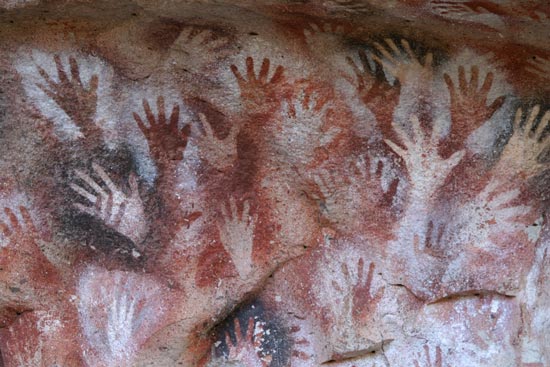
Cueva de las Manos (Cave of Hands) near the town of Perito Moreno in the province of Santa Cruz. Photo from www.patagonia.com.ar/.
There will be historic and prehistoric things to see: we shall be visiting ancient rock paintings (e.g. the world heritage “painted hands” site) as well as more modern things such as traces of Butch Cassidy in Chubut.
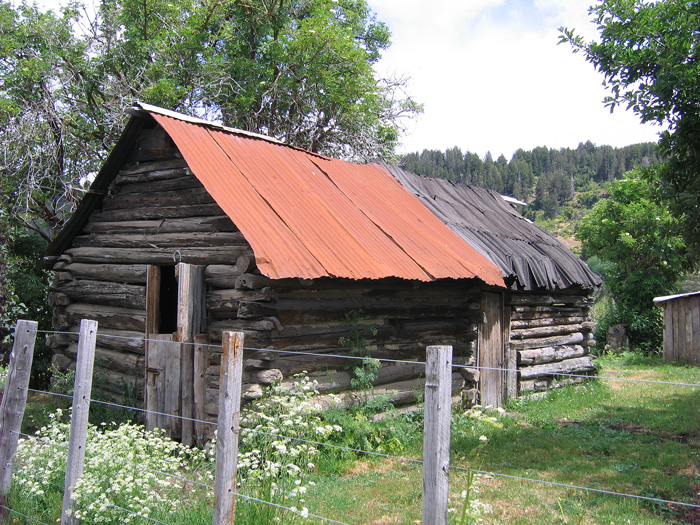
Cabin said to have been sometime home to Butch Cassidy, the Sundance Kids and Etta Place. Photo from http://www.plazademayo.com/.
There’ll be references from Darwin, Bruce Chatwin, etc. to follow up; the Welsh community to learn more about; all the new fauna and fauna to admire; all in all, it promises to be a great trip.
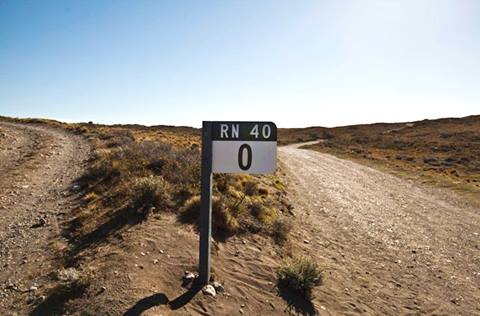
The end (or beginning) of the Ruta 40 in cabo Virgenes. Not the end of the trip though – we go further south. Photo http://www.turismoruta40.com.ar
The Ruta 40 stops in Cabo Virgenes. Actually it stops in Río Gallegos, the extension being a modern addition, but as it’s further south we’ll add it in. And if possible get down to Dungeness, at the entrance to the Strait of Magellan and the only place where Chile has [minimal] contact with the Atlantic Ocean. Then we go on to Ushuaia, where Tiso flies back and I begin another journey home alone, first south into Chile (Punta Arenas and down to Puerto Hambre) and then up north along the Atlantic coast as far as Peninsula Valdés. But that’ll be another blog series.
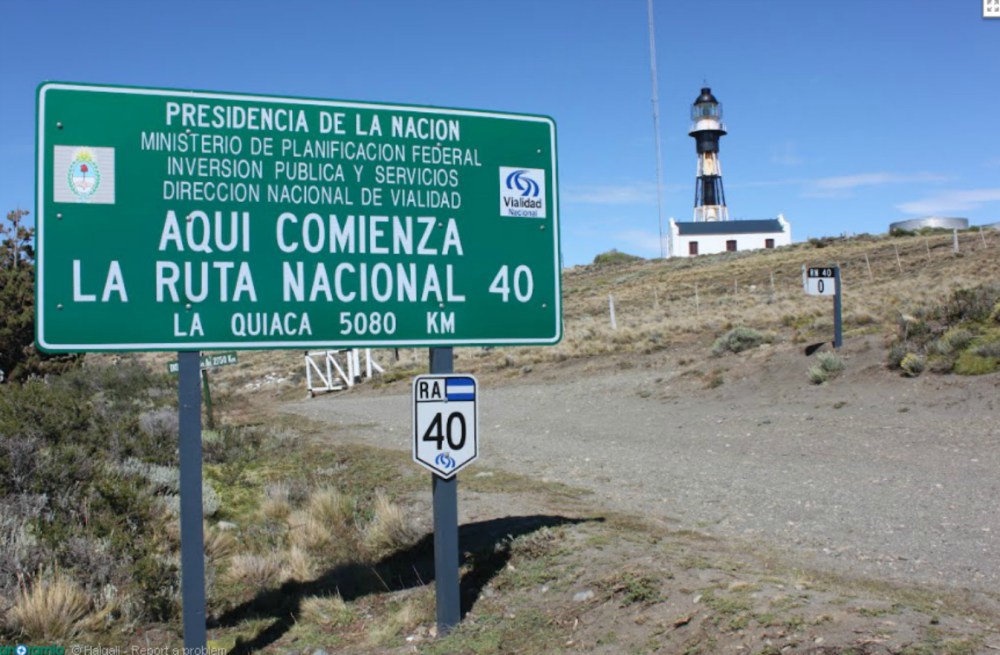
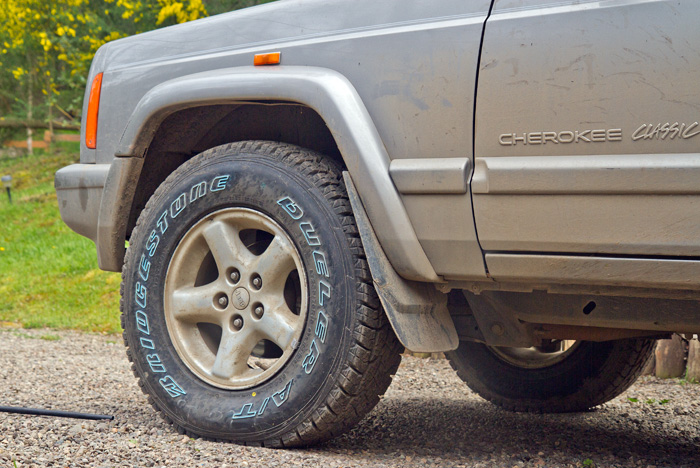
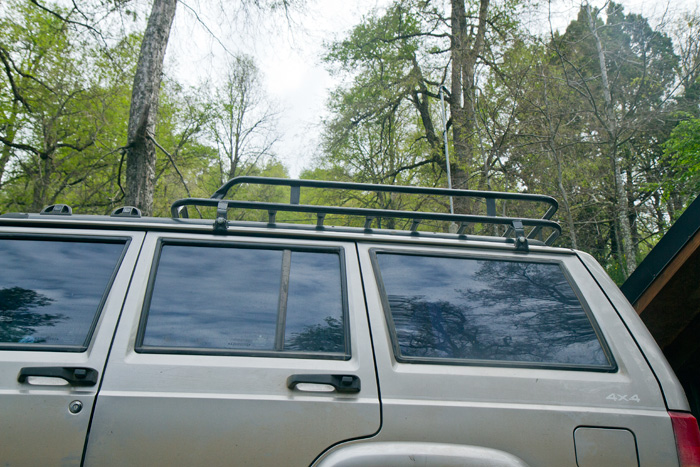
Wonderful trip and great planning, I wish I was going too but will follow you in Internet, help you with identification of birds perhaps, and give you wholehearted support from base camp.